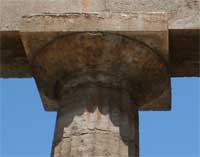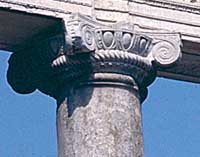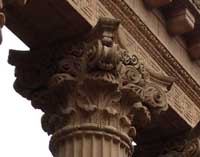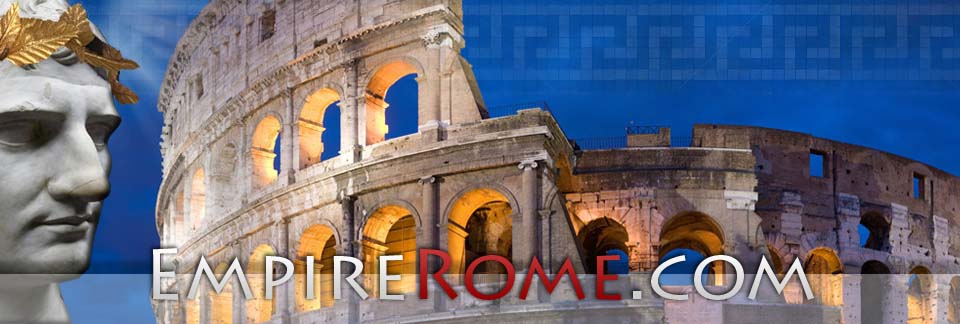Capital is topmost part of a column or pilaster. The word Capital comes from the Latin word caput which means head. Ancient Romans and Greeks had three types of capitals they used in architecture. These capitals were the Doric, Iconic, and Corinthian. Capitals had the architrave resting on them to bear the weight of the entablature. The architrave is the lower part of the entablature. The classical entablature comprises of three parts. They are the architrave, frieze, and the cornice.

Doric capitals are the simplest of the three columns. These style of capitals originated from the Ancient Greeks. This type of type of column capital was used on temples in the 7th century B.C. This style of capital originated from the Dorian region of Greece. It was used by the ancient Greeks until about 100 B.C. Additionally, this type of column capital had no carvings or other ornaments and was known for its masculinity and strength. It should be noted that this type of capital was generally used on the lower part of Ancient Roman structures due to its bearing capacity. Like most things in Ancient Rome it was adopted from the Ancient Greeks.

Ionic capitals were called Ionic because it was believed to have originated from the Ionian islands in the 6th century B.C. This type of column was considered to be more feminine in nature as compared to the Doric capitals that were stockier and masculine in nature. This column was different from the Doric method in how it was constructed. Ionic capitals appeared as if they were rolled scrolls. It is not known for sure what the basis of the Ionic design was in Ancient Rome. However, some believe it resembled animal horns or a sea shell. This Ancient Roman column was mostly used in smaller buildings and the interiors of temples.

Corinthian capitals were very elaborate as compared to the other types of capital columns, Doric and Ionic. It is believed that this style of capital got its name from the Ancient Greeks in a city called Corinth. These types of capitals were less popular in ancient Greece but used heavily by the ancient Romans due to their attractive design. These types of columns usually had leaves and elaborate designs on them. Many of the Corinthian capitals also had scrolls or flowers as well. This type of column became very popular in the Hellenistic and Roman times. It should be noted that Hellenistic times was a time between the death of Alexander the Great in 323 B.C. and the emergence of Ancient Rome in 31 B.C.

